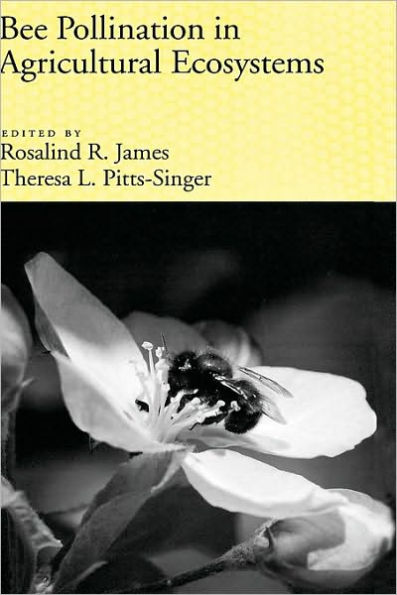Table of Contents
Forword Christopher O'Toole v
Contributors xiii
Part 1 Bee-Provided Delivery Services
Chapter 1 Bees in Nature and on the Farm Theresa L. Pitts-Singer Rosalind R. James 3
Chapter 2 Crop Pollination Services From Wild Bees Claire Kremen 10
Chapter 3 Crop Pollination in Greenhouses José M. Guerra-Sanz 27
Chapter 4 Pollinating Bees Crucial to Farming Wildflower Seed for U.S. Habitat Restoration James H. Cane 48
Chapter 5 Honey Bees, Bumble Bees, and Biocontrol: New Alliances Between Old Friends Peter G. Kevan Jean-Pierre Kapongo Mohammad Al-mazra'awi Les Shipp 65
Part 2 Managing Solitary Bees
Chapter 6 Life Cycle Ecophysiology of Osmia Mason Bees Used as Crop Pollinators Jordi Bosch Fabio Sgolastra William P. Kemp 83
Chapter 7 Past and Present Management of Alfalfa Bees Theresa L. Pitts-Singer 105
Chapter 8 The Problem of Disease When Domesticating Bees Rosalind R. James 124
Part 3 Environmental Risks Associated With Bees
Chapter 9 Environmental Impact of Exotic Bees Introduced for Crop Pollination Carlos H. Vergara 145
Chapter 10 Invasive Exotic Plant-Bee Interactions Karen Goodell 166
Chapter 11 Estimating the Potential for Bee-Mediated Gene Flow in Genetically Modified Crops James E. Cresswell 184
Chapter 12 Genetically Modified Crops: Effects on Bees and Pollination Lora A. Morandin 203
Chapter 13 The Future of Agricultural Pollination Rosalind R. James Theresa L. Pitts-Singer 219
Index 223



